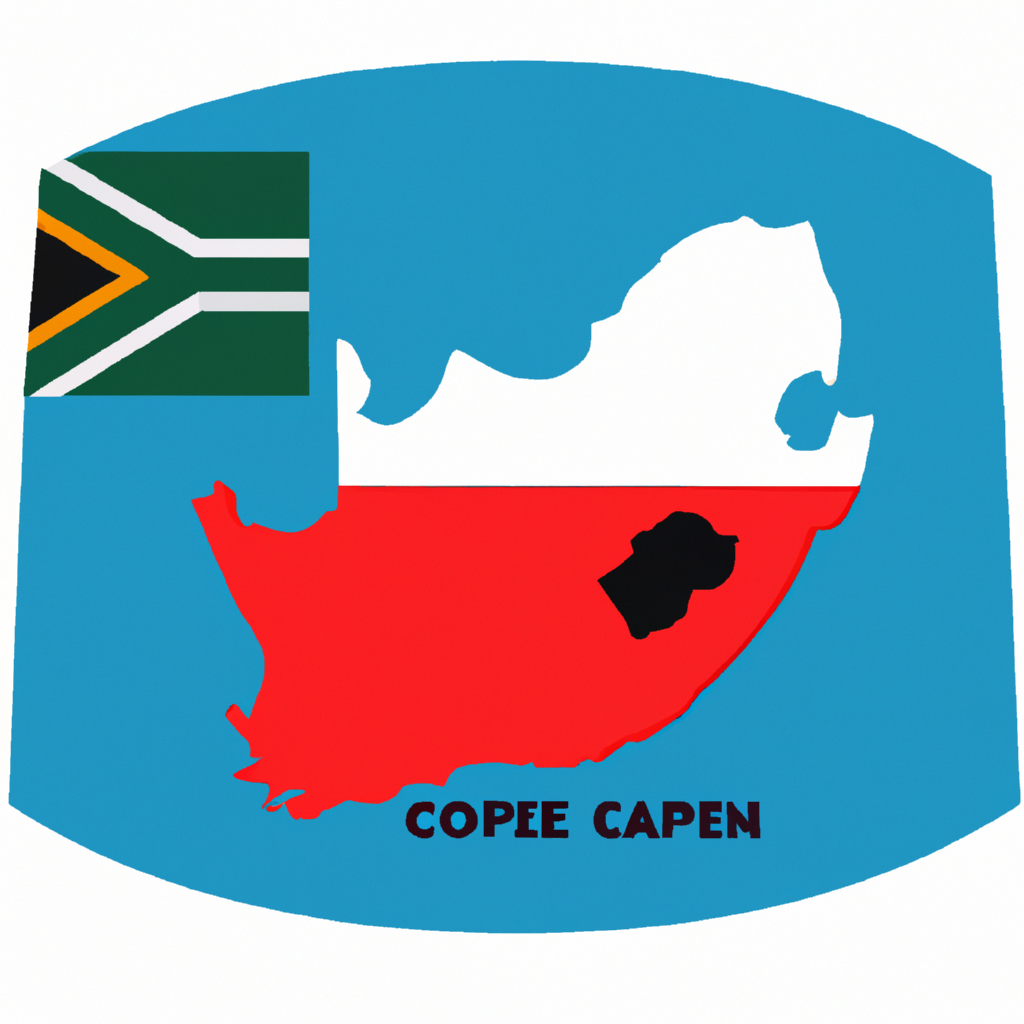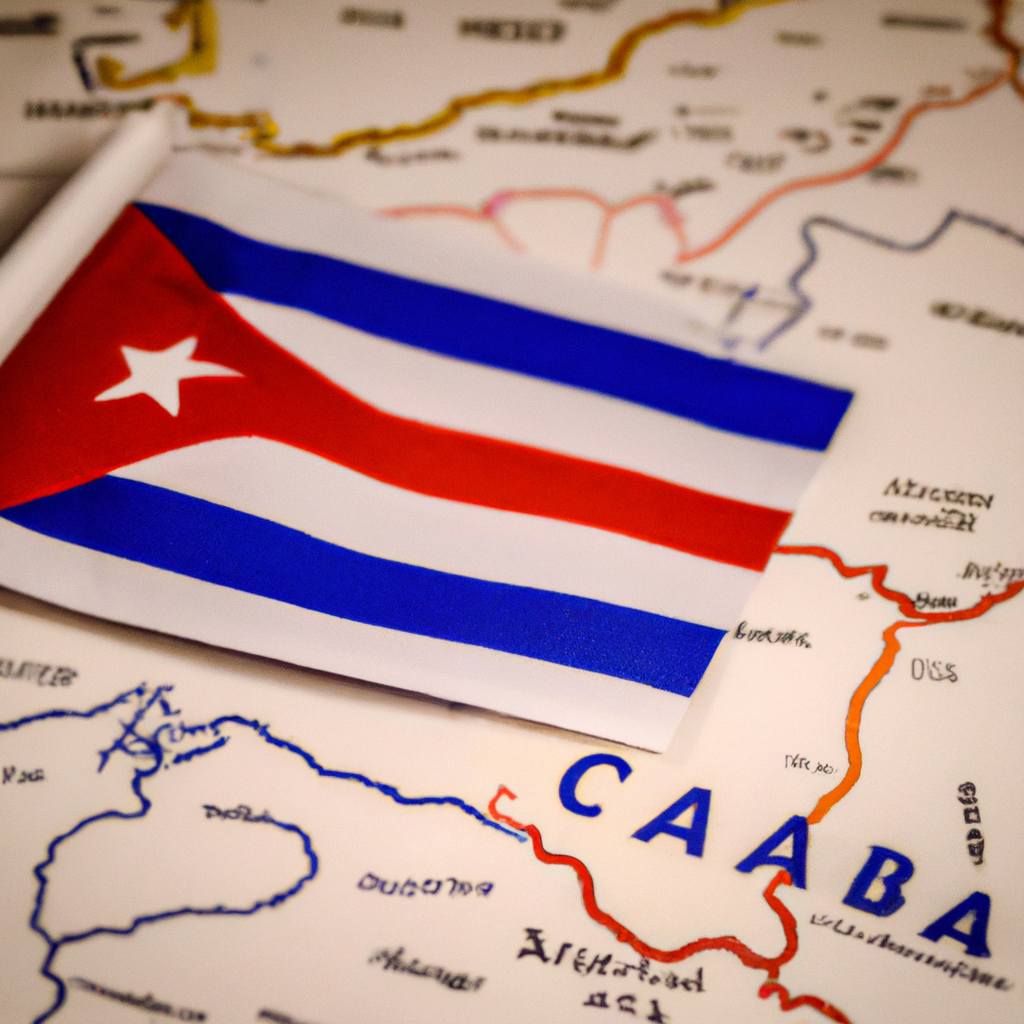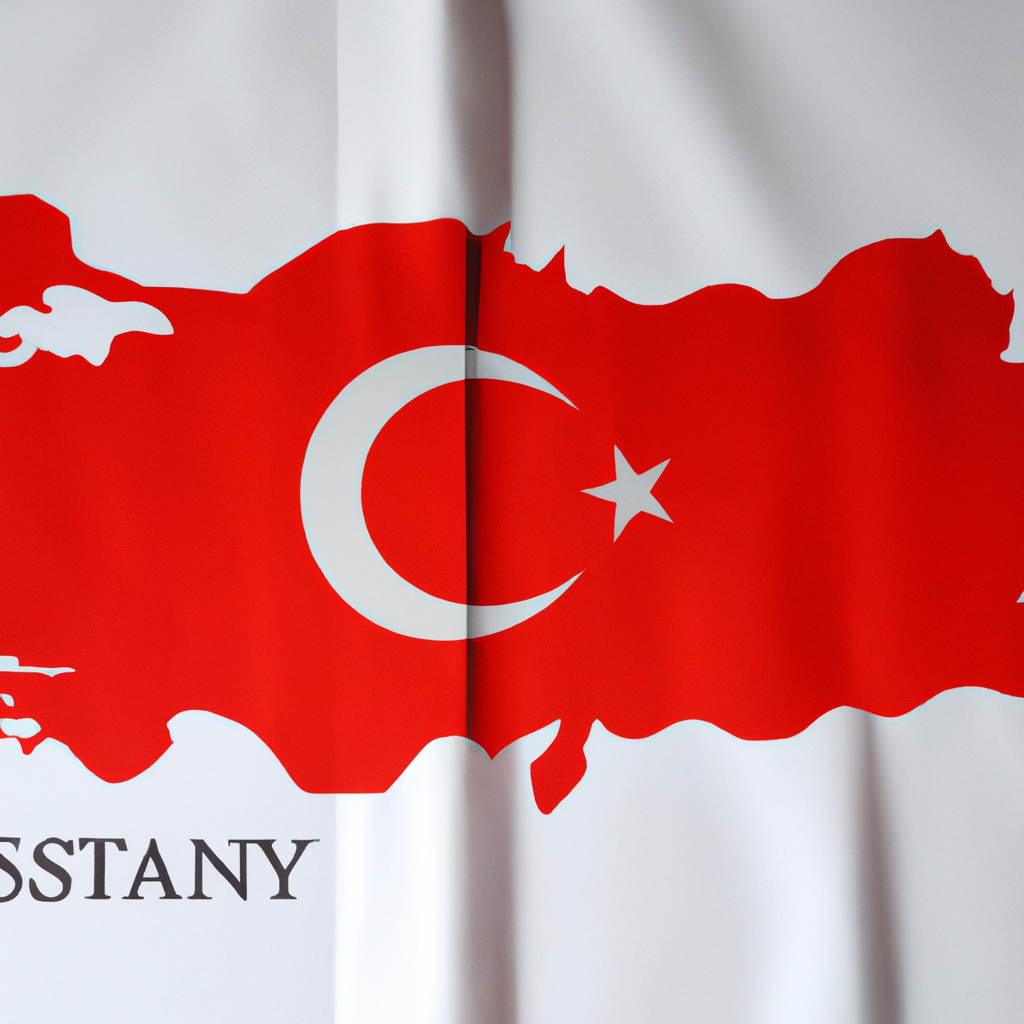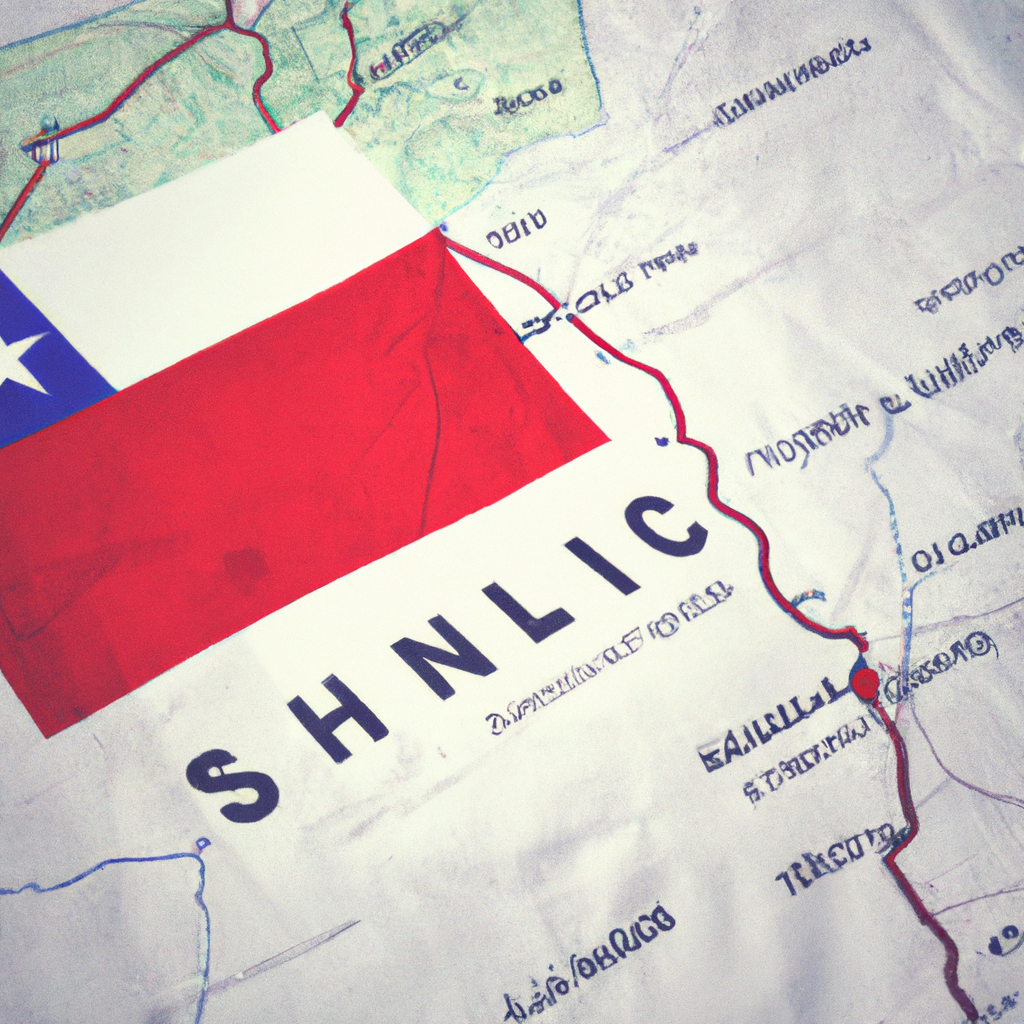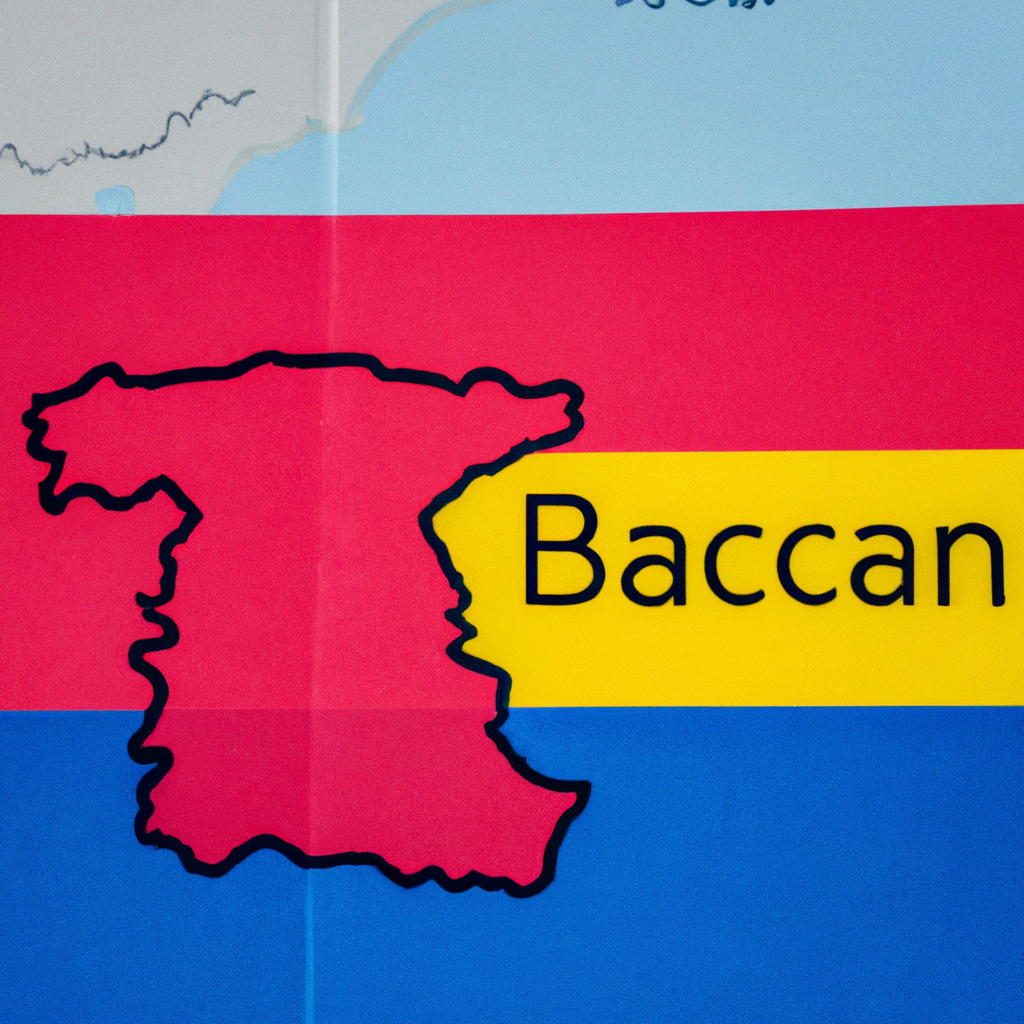Cape Town, South Africa: Interesting Facts,History, Things to do,Why to Visit
Post ByAdequate Travel
South Africa is a diverse and vibrant country located in southern Africa. It is known for its stunning natural beauty, rich cultural heritage, and turbulent history of apartheid.South Africa has a population of over 59 million people, with eleven official languages. The majority of the population is Black African, but there are also significant populations of Whites, Coloureds (mixed-race), and Asians. The country is known for its diversity in languages, cultures, and religions.The economy of South Africa is the second-largest in Africa, with sectors such as mining, agriculture, manufacturing, and tourism playing crucial roles. However, the country faces significant socio-economic challenges, including high unemployment rates and income inequality.South Africa's history has been marked by the apartheid system, a system of racial segregation and discrimination that ended in 1994 with the election of Nelson Mandela as the country's first black president. Mandela's presidency ushered in a period of reconciliation and transformation.Despite progress made since the end of apartheid, South Africa continues to grapple with social and economic inequalities, crime rates, and issues such as corruption and poverty. However, the country remains a popular tourist destination, offering breathtaking landscapes, wildlife safaris, and a rich cultural experience.Step back in time as you visit the historical sites in south-frica, where the past comes alive.
Interesting facts
Historical Diversity and Cultural Heritage
South Africa is known for its rich historical diversity and cultural heritage. The country has a long and complex history, with influences from various indigenous tribes, European colonizers, and Asian and African immigrants. Here are some interesting facts about South Africa's historical diversity:
1. Indigenous Tribes
The country is home to a diverse range of indigenous tribes, each with their own unique languages and customs. Examples include the Zulu, Xhosa, Sotho, Ndebele, and San people.
2. European Colonization
South Africa was colonized by several European powers, including the Dutch, British, and Portuguese. This has left a lasting impact on the country's language, architecture, and traditions. The Dutch settlers, known as Boers or Afrikaners, played a significant role in shaping South Africa's history.
3. Apartheid Era
One of the most significant periods in South Africa's history is the era of apartheid, which lasted from 1948 to 1994. Apartheid was a system of legalized racial segregation enforced by the South African government. The policy was officially abolished in 1994, paving the way for a more inclusive and diverse society.
Natural Wonders and Biodiversity
South Africa is blessed with stunning natural wonders and a remarkable level of biodiversity. The country's diverse landscapes, ranging from majestic mountains to pristine coastline, offer a multitude of unique experiences. Here are a few interesting facts about South Africa's natural wonders:
1. Table Mountain
Table Mountain is one of South Africa's most iconic landmarks. It is located in Cape Town and offers breathtaking views of the surrounding area. The mountain is named for its flat, table-like top and is a popular attraction for tourists and locals alike.
2. Kruger National Park
Kruger National Park is one of Africa's largest game reserves, spanning an area of approximately 20,000 square kilometers. It is home to an incredible variety of wildlife, including elephants, lions, rhinos, leopards, and buffalos. Visitors can go on safari drives to observe these animals in their natural habitats.
3. Blyde River Canyon
The Blyde River Canyon is the third-largest canyon in the world and offers breathtaking views of towering cliffs, lush vegetation, and cascading waterfalls. It is located in Mpumalanga province and attracts visitors from all over the world.
Economic Powerhouse and Cultural Melting Pot
In addition to its natural wonders and historical diversity, South Africa is also a prominent economic powerhouse in Africa. The country's economy is diverse and boasts several industries. Here are a few interesting facts related to South Africa's economy and cultural heritage:
1. Mining Industry
South Africa is one of the world's largest producers of gold and diamonds. The mining industry has played a significant role in the country's economy for many years.
2. Film Industry
The South African film industry has experienced significant growth in recent years. Films such as "Tsotsi" and "District 9" have gained international acclaim and brought attention to South Africa's thriving creative scene.
3. Cuisine
South African cuisine is a blend of various influences, including indigenous, European, and Asian flavors. Examples of popular dishes include biltong (dried meat), boerewors (sausage), bobotie (spiced meat dish), and malva pudding (sweet dessert).
These are just a few examples of the interesting facts about South Africa's historical diversity, natural wonders, and its economic and cultural significance. The country's unique blend of influences makes it a fascinating and captivating destination for travelers and researchers alike.From museums to parks,south-frica tourist attractions offer something for everyone, making it a versatile destination for all type of tourists.History of South Africa
South Africa has a rich and complex history that spans thousands of years. The region has been inhabited by various indigenous tribes for centuries, but the recorded history of South Africa begins with the arrival of the Dutch East India Company in the mid-17th century. Here is a brief overview of the different periods and events that shaped South Africa's history:
1. Pre-Colonial Era
Before European colonization, South Africa was home to various indigenous groups, such as the San, Khoikhoi, and Bantu-speaking tribes. These tribes had their own distinct cultures, languages, and social structures. They subsisted through hunting, gathering, and farming.
Example: The San people, also known as Bushmen, were skilled hunter-gatherers who used rock art to record their rituals and daily life.
2. Dutch and British Colonization
In 1652, the Dutch East India Company established a supply station at Cape of Good Hope, primarily to provide fresh produce to ships traveling the spice route. Over time, the settlement expanded, attracting Dutch, German, and French settlers. The Dutch settlers, known as Afrikaners or Boers, clashed with the indigenous tribes and later with the British colonialists who arrived in the early 19th century.
Example: The Great Trek, undertaken by Boers in the 1830s and 1840s, was a mass migration to escape British control and establish their independent republics in the interior.
3. Apartheid Era
In 1948, the National Party came to power and implemented apartheid, a system of racial segregation and discrimination. Under apartheid, non-white South Africans were subjected to separate facilities, unequal laws, and limited rights. Apartheid sparked widespread resistance, both internally and internationally.
Example: The Sharpeville Massacre of 1960, where peaceful protesters were shot and killed by apartheid forces, led to increased international condemnation and further fuelled the anti-apartheid movement.
4. End of Apartheid and Democracy
Throughout the 1980s, internal resistance against apartheid intensified, culminating in the release of Nelson Mandela from prison in 1990. Negotiations between the government and anti-apartheid factions led to the dismantling of apartheid and the first democratic elections in 1994. Nelson Mandela became South Africa's first black president, marking a new era of reconciliation and social change.
Example: The Truth and Reconciliation Commission, established after apartheid's end, aimed to address past human rights abuses and promote national healing.
South Africa's history is characterized by racial tensions, social upheavals, and remarkable resilience. Today, South Africa continues to strive towards overcoming the legacy of its past and building a more equitable society.Exploring the rich heritage of historical sites in south-frica is a journey through time and culture.Famous Things in South Africa
Nelson Mandela
Nelson Mandela, the first black President of South Africa, is one of the most significant figures in the country's history. He played a crucial role in the anti-apartheid movement and fought for equality and freedom. Mandela's leadership and dedication to the cause of democracy made him an international symbol of resistance against oppression.
Examples of Nelson Mandela's impact:
- Imprisonment for 27 years at Robben Island and Pollsmoor Prison.
- Signing of the Constitution of South Africa, promoting equal rights for all citizens.
- Awarded the Nobel Peace Prize in 1993.
- Establishment of the Nelson Mandela Foundation, which promotes social justice and reconciliation.
Robben Island
Robben Island is a small island located off the coast of Cape Town and is renowned for its historical significance. It served as a political prison during the apartheid era, with Nelson Mandela being one of its most famous inmates. The island is now a UNESCO World Heritage Site and a museum, drawing tourists from around the world.
Examples of Robben Island's significance:
- Visited by over 2 million tourists annually.
- The prison complex showcases the living conditions endured by political prisoners.
- Guided tours are available to explore the island's history and Mandela's former prison cell.
Kruger National Park
Kruger National Park is one of the largest game reserves in Africa, spanning across the provinces of Limpopo and Mpumalanga. It is famous for its diverse wildlife, including the Big Five (elephant, lion, leopard, buffalo, and rhinoceros). The park offers a unique safari experience, allowing visitors to observe wildlife in their natural habitat.
Examples of Kruger National Park's attractions:
- Home to more than 500 bird species, over 100 different reptiles, and numerous mammals.
- Variety of activities like game drives, guided walks, and bird watching.
- Luxury lodges and campsites are available for visitors.
Table Mountain
Table Mountain is an iconic landmark overlooking Cape Town and is one of the New Seven Wonders of Nature. Its distinctive flat top offers breathtaking views of the city and the surrounding coastline. Table Mountain is a popular tourist attraction, attracting hikers, nature enthusiasts, and panoramic view-seekers.
Examples of Table Mountain's features:
- Declared a UNESCO World Heritage Site.
- An aerial cableway allows visitors to reach the summit.
- Various hiking trails cater to different fitness levels.
Culture of South Africa
South Africa is a diverse country with a rich and vibrant cultural heritage. The culture of South Africa is influenced by a range of factors such as the indigenous African tribes, European colonialism, and the legacy of apartheid. Here are some key aspects of South African culture:
Languages
South Africa is a multilingual country with 11 official languages, including English, Afrikaans, Zulu, Xhosa, and Sotho. This linguistic diversity reflects the country's diverse population and contributes to its rich cultural tapestry. For example, Zulu is predominantly spoken by the Zulu people, who are the largest ethnic group in the country.
Traditions and Customs
South Africa is known for its vibrant traditions and customs, which vary across different ethnic groups. These traditions are often celebrated through dance, music, and storytelling. For instance, the Zulu people have a traditional dance called "Indlamu," which is characterized by rhythmic footwork and energetic movements.
Cuisine
The cuisine of South Africa is a fusion of various culinary traditions, including indigenous African dishes, Dutch, British, Indian, and Malay influences. Some popular South African dishes include bobotie (a spiced meat dish), boerewors (a type of sausage), and bunny chow (a Durban specialty consisting of a hollowed-out loaf of bread filled with curry).
Arts and Crafts
The arts and crafts of South Africa reflect the country's cultural diversity and creativity. Various forms of art, such as beadwork, pottery, wood carving, and painting, are practiced by different ethnic groups. For example, the Ndebele people are renowned for their intricate beadwork and brightly colored patterns.
Sports
Sports play a significant role in South African culture, particularly rugby, cricket, and soccer. Rugby, in particular, has a strong following and is considered a symbol of national identity. The South African national rugby team, known as the Springboks, has achieved international success, including winning the Rugby World Cup in 1995 and 2019.
In summary, the culture of South Africa is a diverse and dynamic blend of traditions, languages, cuisine, arts, and sports. This cultural fusion is a reflection of the country's multicultural society, highlighting the importance of embracing diversity and honoring different cultural practices.Immerse yourself in the local culture by exploring south-frica's top-rated tourist attractions.Cuisine of South Africa
South African cuisine is a rich and diverse fusion of various culinary traditions influenced by the indigenous people, Dutch settlers, Malays, and Indians. The country's unique history and multicultural society are reflected in its vibrant food culture.1. Braai (Barbecue): South Africa is famous for its love of braai, which is an integral part of their culinary identity. It involves grilling a variety of meats, such as boerewors (sausage), sosaties (kebabs), steak, lamb chops, and chicken, over an open fire. Braais are popular social gatherings where friends and family come together to enjoy grilled food and good company.
2. Bobotie: Considered the national dish of South Africa, bobotie is a delicious combination of spiced minced meat (usually beef or lamb), mixed with bread, milk, eggs, and a blend of curry powder, turmeric, and other spices. The mixture is baked in the oven and topped with a savory egg-based custard. It is often served with yellow rice, chutney, and sambals.
3. Bunny Chow: This unique and popular street food originated in the Indian community of Durban. Bunny chow consists of a hollowed-out loaf of bread filled with a curry of your choice, typically chicken, lamb, or bean curry. It is a flavorful and filling dish that is enjoyed by locals and visitors alike.
4. Boerewors: Boerewors is a traditional South African sausage made from a mixture of beef, pork, and lamb, combined with various spices such as coriander, cloves, and nutmeg. It is typically grilled and served with a side of pap (maize meal porridge) and a tomato and onion relish.
5. Malva Pudding: A beloved South African dessert, malva pudding is a sweet and sticky baked pudding made with apricot jam and served hot with a creamy sauce or custard. It is often enjoyed during special occasions and is a comfort food for many South Africans.
These are just a few examples of the diverse and flavorful dishes you can find in South Africa. The country's cuisine truly reflects its multicultural heritage and offers a culinary experience that is both unique and unforgettable.Discover unique facts about south-frica, a destination filled with rich history and natural beauty.Things to do in South Africa
1. Safari Adventures
South Africa is renowned for its breathtaking wildlife and diverse ecosystems, making it an ideal destination for safari adventures. There are numerous national parks and private game reserves where you can spot the Big Five (lion, elephant, buffalo, leopard, and rhinoceros) and other marvelous animals. Some popular safari destinations include Kruger National Park, Addo Elephant National Park, and Madikwe Game Reserve.
2. Explore Cape Town
Cape Town, known for its stunning natural beauty and multicultural atmosphere, offers a plethora of activities for visitors. You can hike up Table Mountain and enjoy panoramic views of the city, visit the iconic Robben Island where Nelson Mandela was incarcerated, explore the scenic Cape Peninsula, or relax on the pristine beaches of Camps Bay and Clifton.
3. Wine Tasting in the Winelands
The Winelands, situated just outside Cape Town, is home to some of the finest wine estates in South Africa. Stellenbosch, Franschhoek, and Paarl are the main wine-producing regions where you can indulge in delightful wine tastings, cellar tours, and gourmet dining experiences. The Winelands also offer picturesque landscapes with beautiful vineyards and mountains.
4. Visit the Apartheid Museum
The Apartheid Museum in Johannesburg provides a powerful and informative experience about the history of apartheid and the struggle for freedom in South Africa. It showcases the rise and fall of apartheid, along with the personal stories of individuals involved in the fight against racial segregation. A visit to this museum enables visitors to gain a deeper understanding of the country's complex past.
5. Adventure Sports in the Garden Route
The Garden Route offers a wide range of adventure activities, including bungee jumping, skydiving, surfing, and zip-lining. This scenic stretch along the southeastern coast of South Africa is famous for its beautiful landscapes, lush forests, and remarkable coastal towns such as Knysna and Plettenberg Bay. You can also enjoy whale watching, hiking, and canoeing in the area.
When planning your trip to south-frica, be sure to include the best things to do in south-frica, which encompass a wide range of cultural experiences.Climate of South Africa
The climate of South Africa is classified as a temperate climate in the interior regions and a subtropical climate along the coastal areas. This variation in climate is mainly due to the geography and topography of the country.
Interior Regions (Temperate Climate)
1. Mediterranean Climate: The southwestern parts of South Africa, including Cape Town, have a Mediterranean climate. This means mild, wet winters and warm, dry summers. Example: Cape Town receives most of its rainfall during the winter months, while summers are generally warm and dry.
2. Highveld Climate: The high altitude areas in the eastern interior of South Africa, such as Johannesburg and Pretoria, have a Highveld climate. This climate is characterized by cool to cold winters with frequent frost and mild to warm summers. Example: Johannesburg experiences chilly winters with temperatures dropping below freezing point, while summers are mild to warm.
3. Temperate Forest Climate: The southeastern coastal areas, including areas near Port Elizabeth, have a temperate forest climate. This climate is characterized by mild, rainy winters and warm, humid summers. Example: Port Elizabeth experiences mild winters with moderate rainfall, while summers are warm and humid.
Coastal Regions (Subtropical Climate)
1. East Coast Climate: The eastern coastal areas of South Africa, such as Durban, have a subtropical climate. This means hot, humid summers and dry, warm winters. Example: Durban experiences hot and humid conditions during the summer months, with temperatures often exceeding 30°C, while winters are mild and dry.
2. Lowveld Climate: The northeastern low-lying areas, including Kruger National Park, have a Lowveld climate. This climate is characterized by hot summers with high humidity and mild winters. Example: Kruger National Park experiences hot and humid summers, with temperatures often reaching above 35°C, while winters are mild with occasional rainfall.
3. West Coast Climate: The western coastal areas, including Port Nolloth, have a desert-like climate. This climate is characterized by low rainfall, strong winds, and cool temperatures. Example: Port Nolloth experiences very little rainfall throughout the year, with average temperatures ranging from cool to warm.
Explore the popular places in south-frica, and immerse yourself in its vibrant culture.